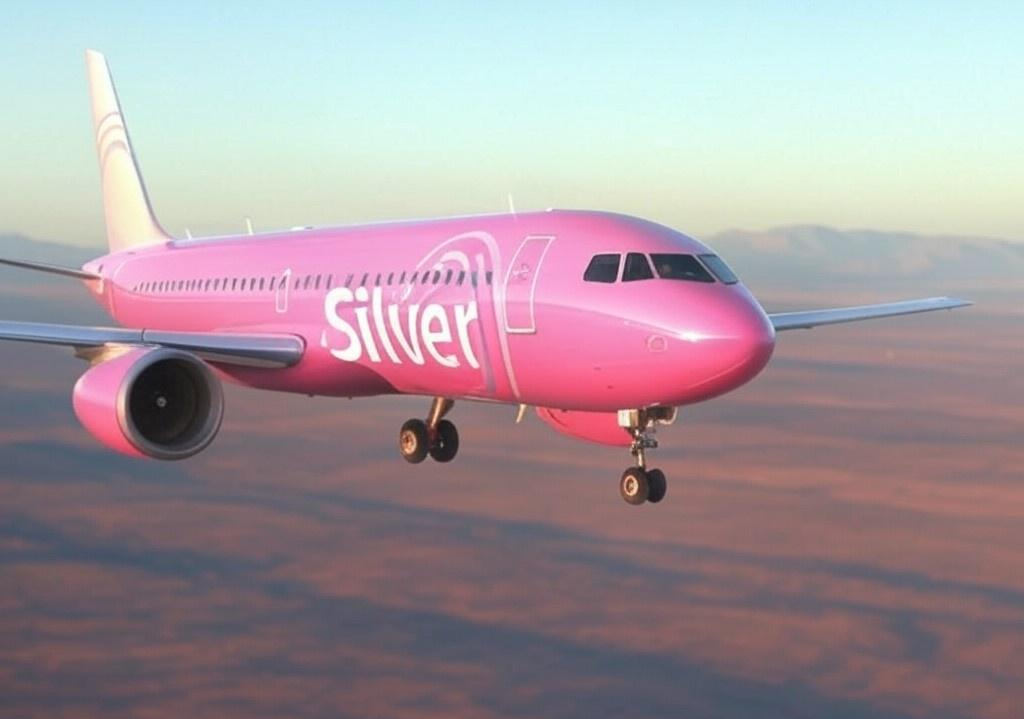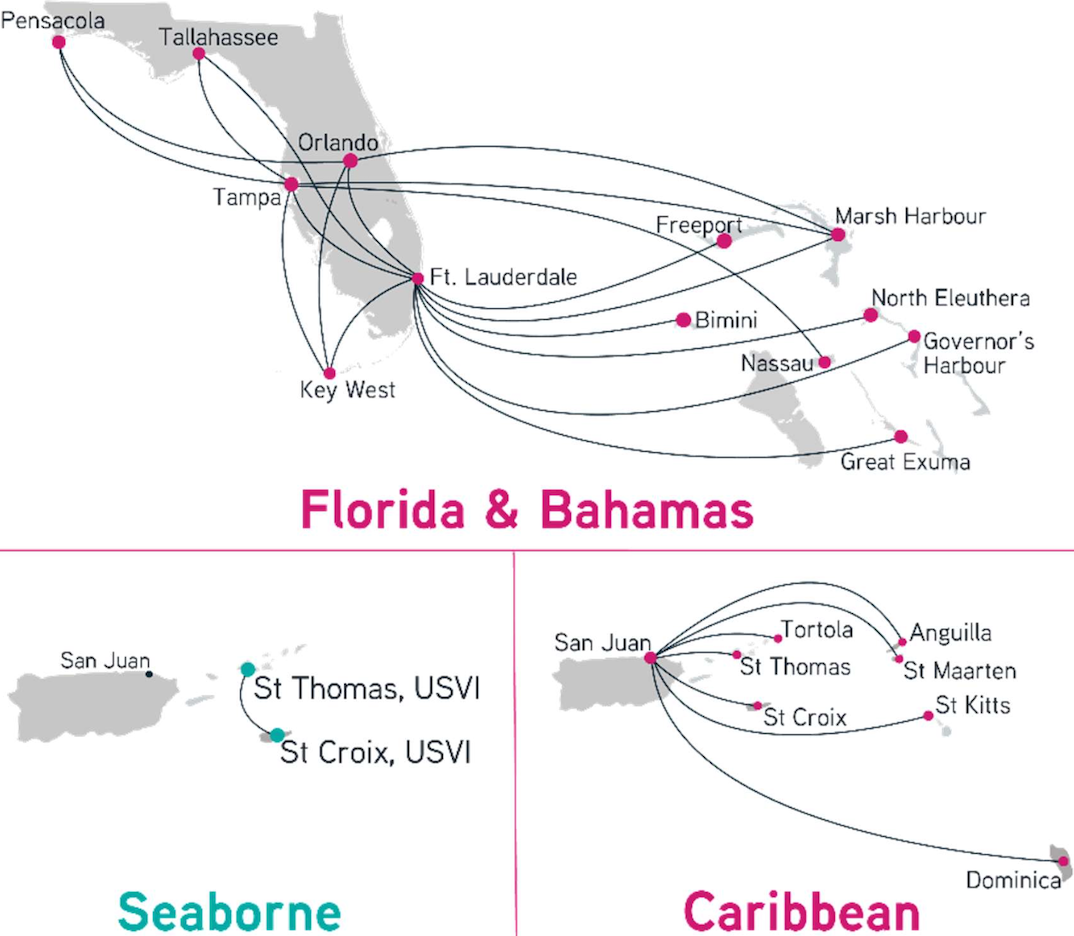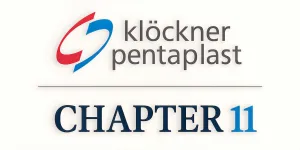Case Summary: Silver Airways Chapter 11
Silver Airways, along with its affiliate Seaborne Airlines, has filed for Chapter 11 bankruptcy, citing financial strain from prolonged ATR aircraft transition challenges, operational setbacks, and liquidity constraints.

Business Description
Headquartered in Hollywood, FL, Silver Airways LLC (“Silver Airways”), along with its Debtor affiliate Seaborne Virgin Islands, Inc. (“Seaborne Airlines”, and collectively with Silver Airways, the "Debtors"), operates as a regional airline providing passenger and cargo services across Florida, the Southeast, the Caribbean, and the Bahamas.
- Silver Airways currently operates gateways and crew bases in Fort Lauderdale, San Juan, Tampa, and Orlando, while Seaborne Airlines’ sole crew base and hangar are located in St. Croix, U.S. Virgin Islands.
As of the Petition Date, Silver Airways employs 646 individuals, and Seaborne Airlines has 53 employees, with personnel spread across Florida, Puerto Rico, the U.S. Virgin Islands, the Bahamas, and the British Virgin Islands.
- Silver Airways is party to collective bargaining agreements under the Railway Labor Act: pilots are represented by the International Brotherhood of Teamsters, and flight attendants by the Association of Flight Attendants-CWA, AFL-CIO.
- Seaborne Airlines has no unions.
As of the Petition Date, the Debtors reported assets and liabilities totaling $100-$500 million.
Corporate History
Silver Airways' roots trace back to Gulfstream International Airlines, a regional airline established in 1990 that operated turboprops in Florida and the Bahamas.
Following Gulfstream’s bankruptcy filing in November 2010, its assets were acquired in May 2011 by Victory Park Capital, which subsequently rebranded the operation as Silver Airways on December 15, 2011.
- In September 2016, Versa Capital Management ("Versa") acquired a controlling interest in Silver Airways, including the Victory Park debt obligations.
- In August 2017, Silver Airways entered into an agreement (the "ATR Transaction") with Avions de Transports Regional ("ATR") and Nordic Aviation Capital (“NAC”) to lease twenty ATR42-600 series aircraft, featuring a comprehensive product support package.
- ATR also committed to providing up to fifty option aircraft to support future growth.
- In April 2018, Silver Airways acquired a substantial portion of Debtor Seaborne Airlines' assets—encompassing the Seaborne name and marks—through a bankruptcy proceeding, expanding its Caribbean footprint.
Silver Airways is organized as a Delaware limited liability company, with its sole member being Argent Financing, LLC, which is owned by Argent Holdings. Argent Holdings is controlled by investment funds managed by Versa, Silver Airways' current equity sponsor.
- The senior leadership teams of the Debtors have extensive airline industry experience, with some executives having served at major airlines such as United, Delta, and British Airways.
Operations Overview
The Debtors' operations emphasize scheduled services, charters, and specialized seaplane routes in the Caribbean. Following a strategic realignment, Silver Airways now focuses on two principal networks: the Florida–Bahamas network and the Caribbean network centered in San Juan, PR.
- Silver Airways' fleet consists of 14 ATR-600 series turboprops (8 ATR-42s and 6 ATR-72s), leased from various lessors including Azorra Aviation, TrueNoord, and Jetstream Aviation Capital.
- Seaborne Airlines operates 2 DeHavilland DH6 Twin Otter seaplanes leased from Kenn Borek Air Ltd.
- Each airline maintains its own operational leadership subject to FAR Part 119, reporting to a designated Accountable Executive.

Silver Airways has established interline agreements with major carriers, including United, jetBlue, American, Delta, and Alaska, and also maintains code-sharing partnerships with United, jetBlue, Azul, Avianca, and Copa.
- Its loyalty agreements allow frequent flyers to earn and redeem points with participating partners such as United and jetBlue, with additional negotiations underway with Air Canada.
- Silver Airways' commercial partners account for over 35% of its revenue through ticket sales.
Through these combined networks, the Debtors provide regional air connectivity in key Southeastern U.S. and Caribbean markets, leveraging an evolving fleet strategy, strategic partnerships, and unique seaplane services to remain competitive and enhance profitability.
Prepetition Obligations

Top Unsecured Claims

Events Leading to Bankruptcy
Challenges with ATR Aircraft Transition
- The decision to acquire twenty ATR-600 series aircraft was aimed at transforming Silver Airways through improved economics and growth opportunities. However, the transition encountered significant obstacles:
- Delays in certification, training, parts procurement, and aircraft delivery disrupted operations and hindered the planned seamless transition from Saab aircraft to ATRs.
- Certification by the Federal Aviation Administration took over a year longer than anticipated, incurring substantial costs and operational disruptions.
- ATR’s limited experience in the U.S. market led to inefficiencies, including incomplete manuals, insufficient training resources, and delayed pilot readiness.
- Only ten of the twenty firm ATR aircraft agreed upon in the ATR Transaction were delivered, with the NAC bankruptcy further compounding fleet delivery issues and preventing the fulfillment of the broader agreement for up to seventy aircraft.
Operational Setbacks and Financial Losses
- ATR’s inability to fulfill key support agreements contributed to operational and financial challenges:
- Global parts shortages during and post-COVID-19 impacted maintenance, increased costs, and reduced reliability.
- Design flaws in air conditioning systems caused delays, cancellations, and passenger discomfort.
- Inconsistent aircraft availability led to frequent schedule changes, reduced consumer confidence, and higher operational costs.
- Silver Airways won a competitive contract to fly cargo for Amazon with plans to expand to 20 ATR aircraft. However, ATR supplied aircraft incompatible with Amazon’s jet fleet and ground equipment, driving up costs and potentially contributing to the program’s early termination.
- The Debtors' attempts to scale operations and meet contractual obligations were undermined by:
- Inefficiencies in crew planning, leading to higher attrition rates and increased recruitment and training costs.
- The need for spare aircraft due to parts shortages further constrained revenue-generating opportunities.
- Failure to meet scale requirements prevented operational density, limiting revenue optimization.
Legal Disputes and Claims
- Silver Airways initiated legal actions against various parties to address operational disruptions and financial losses:
- A suit was filed against Menzies Aviation for negligence that caused over $900,000 in repair costs and $1.7 million in lost revenue after damage to an ATR-72 aircraft.
- Disputes with NAC over engine maintenance reserves and reimbursement claims, totaling over $2.5 million, remain unresolved.
- Silver Airways has also pursued claims against ATR for unmet contractual obligations and operational deficiencies.
Liquidity Challenges and Capital Constraints
- Silver Airways faced increasing difficulties in raising capital due to operational unreliability and losses:
- Inability to secure sufficient parts and operational support reduced the airline’s competitiveness and deterred potential investors.
- Losses related to delays in the ATR program and disruptions caused by NAC’s bankruptcy further strained financial resources.
- Other liquidity pressures included:
- Higher costs from inefficient operations and maintenance delays.
- Unanticipated disruptions, such as Menzies’ negligence and parts shortages during the pandemic.
Efforts Toward Operational and Financial Turnaround
- Despite past challenges, the Debtors have shown signs of operational and financial improvement through targeted initiatives:
- A revised business plan focuses on high-performing markets, cost reductions, and network optimization under the “Back to Our Routes” initiative.
- Strengthened relationships with partners such as JetBlue and United have enhanced connectivity and revenue opportunities.
- Operational improvements include higher on-time performance, reduced attrition, and improved customer satisfaction metrics.
- Recent financial results reflect these efforts:
- Costs per departure decreased by 10% from 2023 to 2024, and fuel expenses dropped by 12% over the same period.
- In Q4 2024, Silver Airways improved forecasted cash by over $18 million, driven by expense containment ($7.3 million) and increased revenues ($3.5 million).
- Revenue trends improved significantly, with higher load factors and increased sales in late 2024 and early 2025.
- Through the first three quarters of 2024, sales lagged in YoY comparisons, but starting mid-October, sales surged.
- In November and December, year-over-year sales comparisons improved by 20-40%.
- According to the Debtors, early bookings for 2025 appear similarly favorable, with bookings up 30%.
- Costs per departure decreased by 10% from 2023 to 2024, and fuel expenses dropped by 12% over the same period.
Chapter 11 Filing and Objectives
- After a thorough evaluation of all strategic alternatives, the boards of the Debtors, with the unanimous support of senior lenders, determined that filing for Chapter 11 protection was the most viable path forward.
- Brigade Capital Management and Versa, key stakeholders, have consented to the use of cash collateral, enabling the Debtors to maintain operations in the short term.
- Negotiations for DIP financing are in advanced stages, aiming to ensure uninterrupted operations throughout the Chapter 11 process.
- The Chapter 11 filing is expected to achieve several key objectives:
- Minimize disruption to passengers, trading partners, and vendors.
- Ensure operational continuity throughout restructuring.
- Strengthen the Debtors’ financial structure.
- Pursue strategic opportunities, including asset sales, to enhance liquidity and reduce costs.
- Position the Debtors for future growth and improved competitiveness.
Enjoyed this summary? Stay informed on new Chapter 11 filings over $10 million in liabilities—subscribe to Bondoro for free and get insights delivered directly to your inbox.
Plus, explore our full archive for all past summaries.



